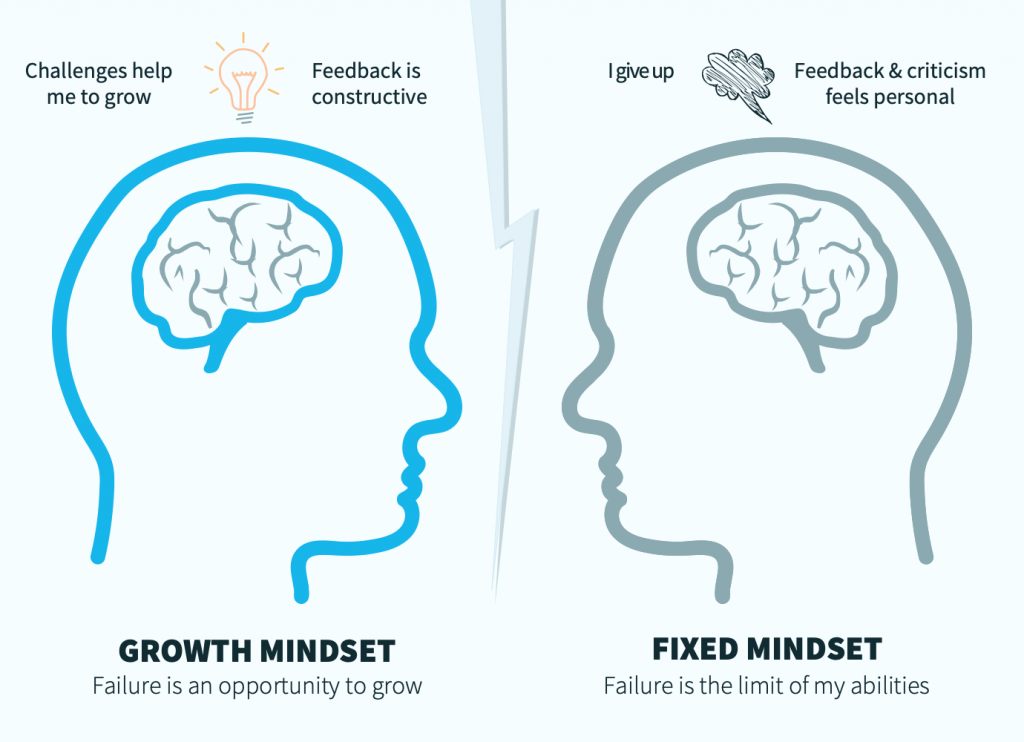Build a Growth Business – Part 1: The DNA of Growth
26 Feb 2021 • Strategy & Business Design
Over the last three decades, we’ve had the opportunity to follow the growth stories of very different companies. This journey has been enlightening. Probably the most important lesson is that there is no philosopher’s stone — one single formula by which success would be secured. On the other hand, however, certain things tend to repeat over and over again. In this Build a Growth Business blog series, we uncover the secrets of growth we have learned during these years.
What is a growth business?
Both the OECD and the EU define a growth enterprise as a business that initially employs at least 10 people and in which the average annual growth in the number of employees over the next three years is more than 20 percent. Several private actors (such as Inc. and Deloitte), on the other hand, list growth businesses based on revenue growth for three consecutive years.
What is common to both definitions is the business’ ability to quantify the certain-sized growth for several consecutive years. A startup, on the other hand, is by definition already a growth-oriented business looking for a scalable business model that, when found, typically aims for explosive growth (usually measured in terms of turnover).
However, definitions based on results miss something essential about growth. Growth entrepreneurship is a mental model that structures one’s activities regarding the operating environment. The numbers thus follow systematic and goal-oriented activities.
That’s why I define a growth company as follows: an organization that is collectively committed to pursuing significant growth compared to other actors in its operating environment and that continuously takes concrete actions to generate growth.
The definition, therefore, does not take a stand on the number of employees, age, size, type, or any fixed growth rate of the organization. In fact, the organization does not even have to be a company. A charity that wants to change the world in a meaningful way may well function in a growth-oriented way. The only thing that matters is setting high goals in one’s own environment and actively taking action to reach these goals.
Read Jeff Bezos’ famous letter to shareholders describing why “first-day” thinking is maintained at Amazon and what happens if a “second day” is allowed to happen.
Growing pains are part of the process
All organizations that have made strong growth know this: growth is sometimes uncomfortable. The story of a successful business usually looks very different on the page of a magazine than what the real growth journey feels like.
Growth-seeking is fundamentally about two things: the vision of what you want to achieve, and the willingness to accept and implement all the things (especially those that are painful and difficult) that are required to reaching your goal according to your values. Growth-seeking is thus a deliberate and collective journey that is persistently nurtured despite the difficulties.
By the way, did you know that you can become a growth entrepreneur even if recruiting staff, for example, is not close to your heart? Coventures brings together growth-minded entrepreneurs in their community with the shared goal of building ambitious growth stories on an “Impact Entrepreneur in Residence” basis.
The Mindset for Growth
You can elevate your growth orientation, for example, with the Growth Mindset framework by Carol Dweck, the opposite of which is the Fixed Mindset.

The growth mindset refers to a model in which a person believes that their qualities and success are the results of hard work and practice. Those who apply the growth mindset can see mistakes and failures as a normal and inevitable part of learning.
At the core of the fixed mindset model is the belief that a person is given a certain amount of a trait at birth, such as speaking skills, creativity, or the ability to prioritize, and that they must settle for it for good. When a person with a fixed mindset is faced with a situation where they feel insecure, they might get anxious, freeze, rebel, or utterly avoid the situation.
Did you know that we all are equipped with both ways of thinking? It’s just a matter of which one you practice more.
The anatomy of growth
Achieving growth is (usually) about more willpower and systematic learning than the number of resources available. In our next blog of this series, we will take a closer look at the concrete cornerstones of a modern growth business.
Interested in hearing how we could help your business reach its highest potential? Don’t hesitate to contact us!






